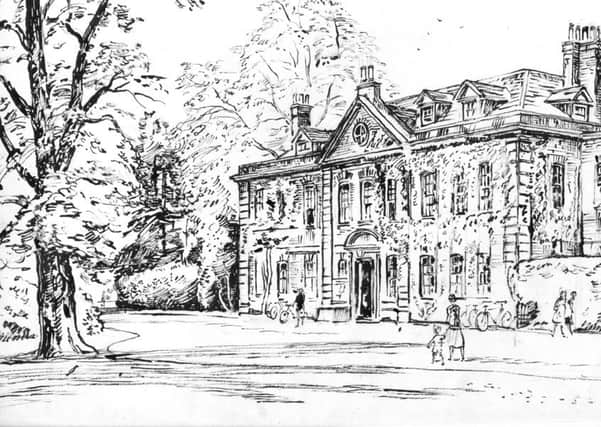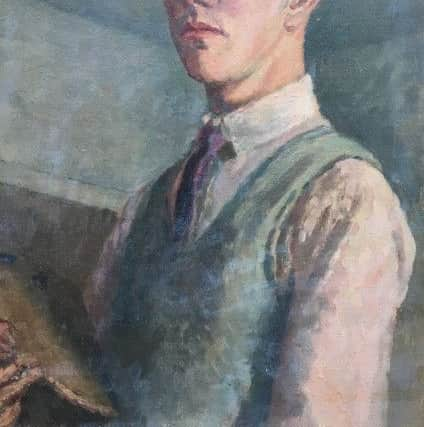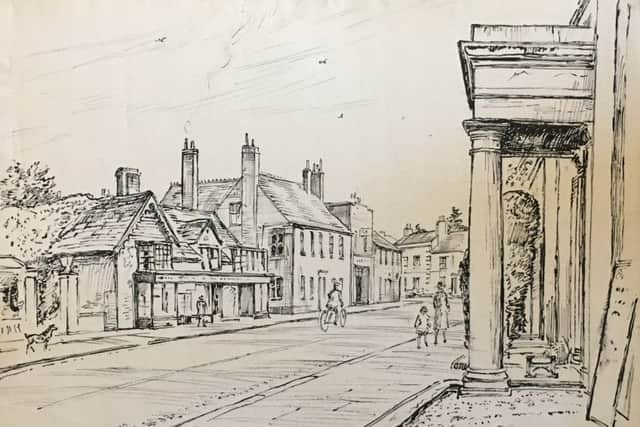Horsham in a bygone era: Elegant pen and ink drawings go on display


The skilful pen and ink drawings portray the places and people of the Horsham area in the 1930s, when Vincent was the popular head of Horsham Art School.
Marking the 50th anniversary of his death, his family has made the generous decision to gift Horsham Museum some 20 works of art, including ten drawings of Horsham and its area. Featuring key local landmarks such as St Mary’s Church, Chesworth Farm, Park House and Market Square, they illustrate Horsham in a bygone era.
Advertisement
Hide AdAdvertisement
Hide AdThe donation has inspired Horsham Museum’s 2019 calendar, Stunning Lines, which features all of his district images given to the museum and is now available to purchase.


The Stunning Lines exhibition is in the museum’s Watercolour Gallery until February 9 next year. It’s a fitting space for one of the leading watercolour artists of the 20th century, who later became vice president of The Royal Watercolour Society.
The family has also given the museum two oils, including a brilliant self-portrait with paint palette in hand and two watercolours of Le Havre. Reflecting his other career as an illustrator of books, Horsham Museum has also been given a rare lithographic stone.
Vincent came to Horsham in his twenties to take up the position of principal at the Horsham School of Art and, under his leadership, the school flourished throughout the 1930s. It was Vincent who appointed the renowned stone letter carver and typeface designer and artist David Kindersley to teach at the school. During World War Two, Vincent, who was living in Horsham at the time, was asked by Sir Kenneth Clark to join the team of 97 watercolour artists to record the Britain that was most likely to be destroyed by bombing and then by progress. So, starting in the South East, they moved across the country, using watercolours because Clark hoped that the scheme would help preserve this characteristic medium. More than 1,500 watercolours were produced, with Vincent painting local scenes including The Causeway.
Advertisement
Hide AdAdvertisement
Hide AdAfter the war, Vincent moved to Hastings, where he became principal of the Hastings School of Art, inspiring other pupils. He also continued to draw and illustrate books, including The English Windmill published in the 1950s.


Admission to the exhibition is free of charge.
Horsham Museum and Art Gallery is open Monday to Saturday, 10am to 5pm. For more information, see www.horshammuseum.org.
Contributed by Horsham Museum
Vocal trio Blake headline hospice fundraiser. Click here to find out more.